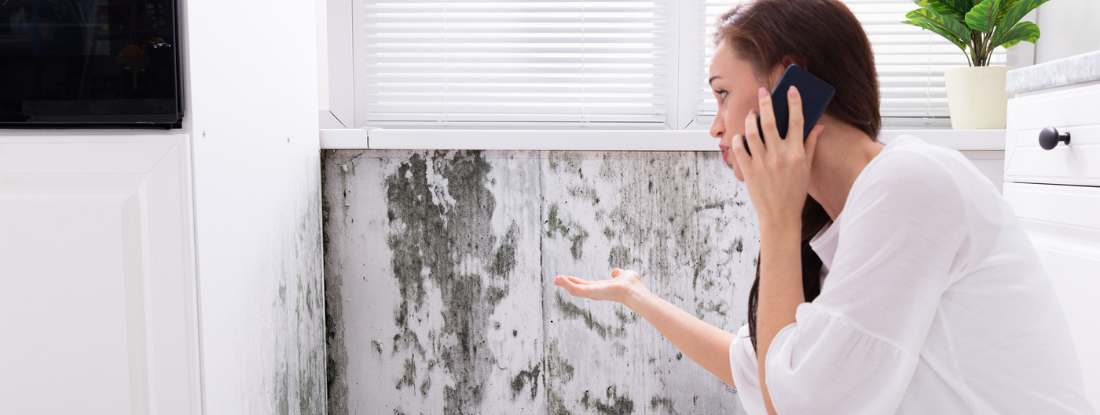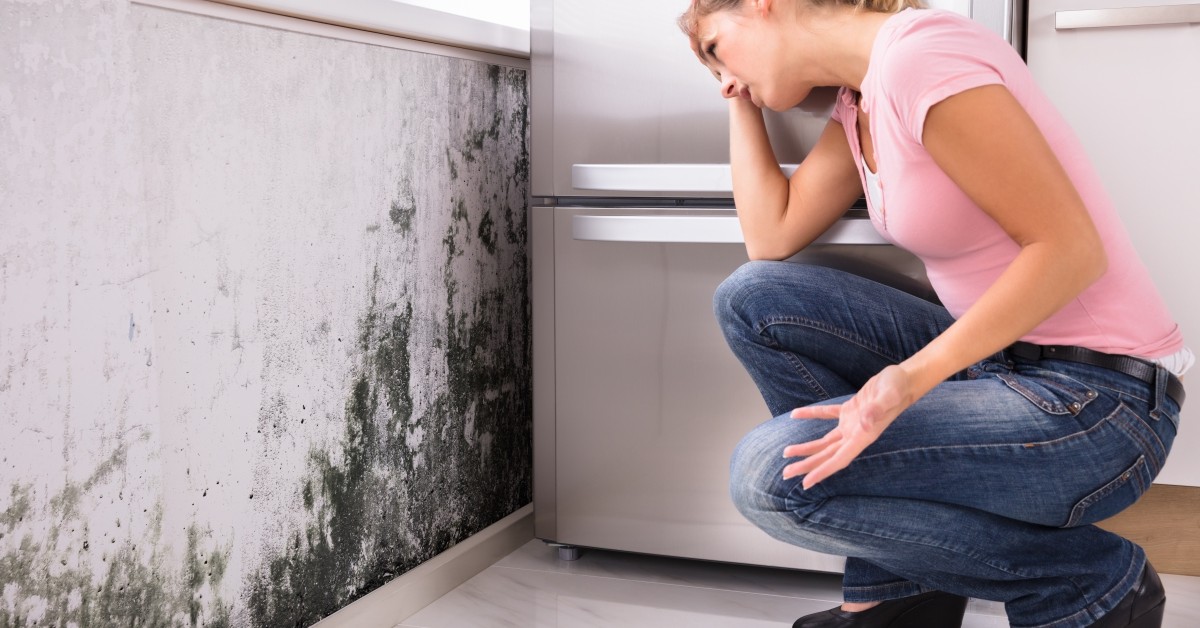After Mold Remediation Techniques for Tidy Spaces
Wiki Article
Expert Tips for Post Mold And Mildew Removal Success
In the world of mold and mildew remediation, efficiently removing mold and mildew is only half the fight; the real difficulty lies in preventing its reappearance. By sticking to skilled ideas and ideal techniques, people can guard their spaces versus mold and mildew renewal and maintain a healthy and balanced interior atmosphere.
Display Humidity Levels Routinely
Routine monitoring of humidity levels is important in making sure the effectiveness of message mold remediation initiatives. After finishing mold and mildew removal treatments, maintaining ideal moisture degrees is critical to stop mold re-growth and ensure a healthy interior setting. Tracking humidity degrees allows for very early detection of any kind of spikes or changes that can potentially result in mold revival. High moisture degrees over 60% produce a conducive atmosphere for mold and mildew to flourish, making regular monitoring a proactive measure to stop any type of future mold and mildew issues - Post Remediation Inspection near me.Making use of hygrometers or wetness meters can aid in precisely determining humidity levels in different areas of the residential or commercial property. These tools supply real-time information that makes it possible for removal experts to make educated decisions regarding air flow, dehumidification, and various other required actions to keep suitable humidity degrees post-remediation. Additionally, establishing a regular timetable for humidity checks, especially in risky locations such as bathrooms, kitchens, and cellars, is a positive technique to mold and mildew prevention. By continually keeping an eye on humidity levels, property proprietors can efficiently minimize the danger of mold and mildew reoccurrence and preserve a healthy and balanced indoor environment post-remediation.
Conduct Thorough Inspections Post-Remediation
Following the conclusion of mold removal procedures, it is crucial to conduct thorough inspections to verify the effectiveness of the remediation procedure. These post-remediation examinations are vital in making certain that the mold problem has been effectively dealt with which there is no reoccurrence or staying mold development. Evaluations should be executed by certified professionals who have proficiency in recognizing mold and mildew and evaluating interior air high quality.During these assessments, different techniques such as aesthetic evaluations, air sampling, and surface sampling might be utilized to thoroughly assess the remediated areas. Aesthetic evaluations involve a thorough inspection of the premises to check for any noticeable indicators of mold and mildew growth or water damage. Air sampling assists in establishing the airborne mold spore degrees, while surface area tasting can discover mold particles on surface areas.
Implement Appropriate Air Flow Methods
After making certain the effectiveness of the mold and mildew removal process via thorough inspections, the next crucial step is to concentrate on implementing proper air flow techniques. Sufficient air flow is necessary in avoiding mold and mildew reoccurrence by regulating dampness levels and advertising air flow. To attain this, it is advised to use exhaust fans in areas susceptible to high humidity, such as cooking areas and restrooms. Furthermore, opening doors and windows when weather permits can assist enhance airflow and lower moisture accumulation. Air purifiers and dehumidifiers are additionally useful devices in preserving optimal interior air quality.
Appropriate air flow not just help in preventing mold growth however also adds to the overall health and comfort of owners. By ensuring ample air flow throughout the building, you can lower the threat of mold regrowth and create a much healthier living environment.

Usage Mold-Resistant Materials for Repair Works
To boost the long-term effectiveness of mold removal initiatives, incorporating mold-resistant materials for repair work is crucial in minimizing the danger of future mold growth. Mold-resistant products are developed to hold up against wetness and hinder mold and mildew development, making them a vital choice for locations prone to dampness and humidity. When repairing locations influenced by mold and mildew, utilizing materials such as mold-resistant drywall, mold-resistant paints, and mold-resistant caulking can aid protect against mold reappearance.Mold-resistant drywall is a superb choice to conventional drywall in areas like basements and shower rooms where wetness degrees are greater. When subjected to damp conditions, this type of drywall has a special coating that Learn More resists mold growth also. In addition, utilizing mold-resistant paints containing antimicrobial representatives can further hinder mold development on ceilings and walls.
In areas where dampness is common, such as restrooms and kitchens, making use of mold-resistant caulking around sinks, home windows, and tubs can assist seal out water and prevent mold from taking hold in cracks and crevices. By spending in these mold-resistant products during repair services post-remediation, you can substantially lower the chance of future mold issues and keep a much healthier interior setting.
Maintain Tidiness and Address Water Issues
Guaranteeing sanitation and without delay attending to water problems are essential techniques to promote in protecting indoor areas from mold reinfestation. After mold removal, it is critical to maintain a tidy atmosphere to stop the regrowth of mold (Post remediation mold testing near me). Routine cleansing, dusting, and vacuuming can assist get rid of any type of remaining mold spores and stop them from proliferating and settling. Furthermore, keeping indoor areas completely dry and addressing any water issues without delay is crucial in mold prevention. Leaks, water breach, or high moisture degrees can develop the best breeding place for mold, so it is crucial to fix any kind of water-related troubles instantly.To keep sanitation, think about making use of HEPA filters in vacuums and air purifiers to catch mold spores and avoid their circulation in the air. Additionally, making sure correct ventilation in areas susceptible to moisture buildup, such as kitchen areas and bathrooms, can help keep moisture levels in check. By staying attentive concerning cleanliness and dealing with water his response problems quickly, you can efficiently avoid mold reinfestation and keep a healthy indoor environment.
Conclusion

In the world of mold and mildew removal, effectively eliminating mold is only half the battle; the real obstacle lies in stopping its reappearance. After completing mold and mildew removal treatments, maintaining optimal moisture degrees is vital to prevent mold and mildew re-growth and ensure a healthy indoor atmosphere. High humidity levels over 60% create a helpful environment for mold and mildew to prosper, making routine checking an aggressive procedure to protect against any future mold and mildew concerns.
To boost the long-lasting performance of mold and mildew removal efforts, including mold-resistant products for repairs is essential in reducing the threat of future mold and mildew growth. After mold removal, see this website it is essential to maintain a clean setting to prevent the regrowth of mold.
Report this wiki page